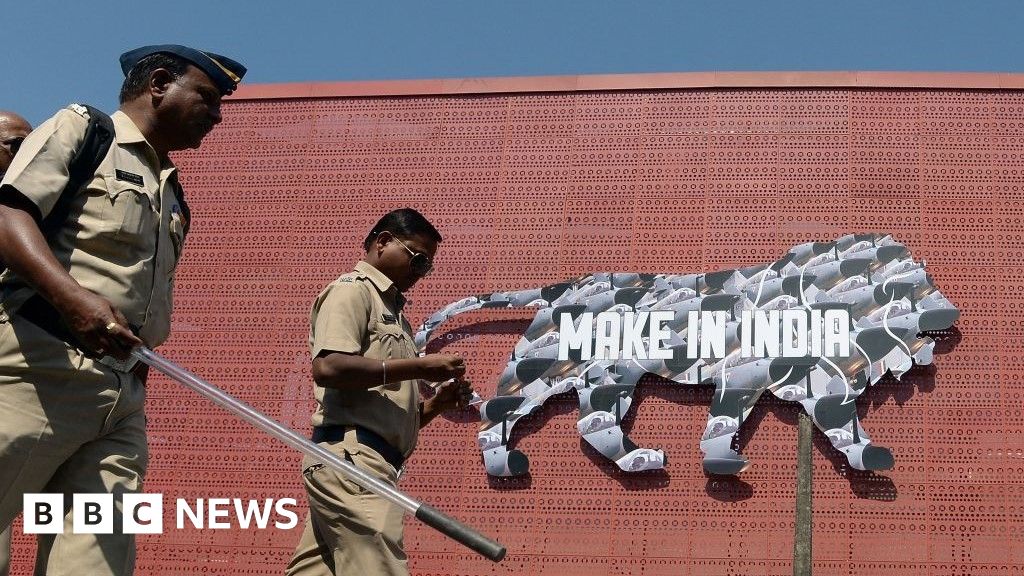By Manoj Kumar
NEW DELHI (Reuters) – India's economy is growing the fastest among major emerging markets and tax revenues are higher. These factors could prompt Finance Minister Nirmala Sitharaman to increase spending in the new 2024-25 budget, which will be presented to Parliament on July 23.
The budget is expected to see higher spending on infrastructure and social programmes such as rural housing following a generous dividend payout from the central bank and a rise in tax revenues. However, Sitharaman is likely to stick to the fiscal deficit targets set in the interim budget.
Here are some facts about the Indian economy:
ECONOMIC GROWTH
The Reserve Bank of India (RBI) has raised its growth forecast for the 2024/25 financial year from 7% to 7.2%, citing a revival in private consumption, robust investment and a recovery in exports.
Similarly, the International Monetary Fund has revised down its growth forecast for India from 6.8% to 7% for 2024/25, reflecting recent updates from rating agencies and private economists.
S&P expects India's economy to grow by nearly 7 percent annually over the next three years.
INFLATION
Retail inflation in India has declined to around 5% in 2022 from over 7%. However, food inflation remains persistently high at around 9%, impacting rural and low-income urban households. This persistent inflation, coupled with minimal growth in real wages, dampens expectations of any rate cuts by the RBI anytime soon.
BUDGET DEFICIT
India's federal deficit, which was above 9 percent of GDP during the pandemic, is expected to remain at around 5 percent in the current fiscal year.
However, the combined budget deficits of the federal and state governments amount to an estimated 7.9 percent of GDP. This reflects high levels of debt and a high interest burden, which limit the scope for higher government spending.
HIGH UNEMPLOYMENT
Despite the recovery in employment in manufacturing and services, high unemployment among well-educated youth remains a challenge for Asia's third-largest economy.
The unemployment rate for young urban residents aged 15 to 29 was 17% in the first quarter of March, although private agencies suspect the actual rate may be higher.
According to estimates by the International Labour Organization, India's overall unemployment rate has been much higher than China's for decades, leaving millions of people stuck in low-paying jobs in agriculture and the informal sector.
INTERNATIONAL TRADE
Despite concerns about a global economic slowdown and geopolitical risks, India's exports of goods and services are on an upward trend.
In the current fiscal year ending March 2025, exports are expected to reach $800 billion, up from $778.2 billion in the previous fiscal year.
Rising services exports and private transfer income have helped India's current account, which posted a surplus of $5.7 billion in the three months to March for the first time in ten quarters.

“Pop culture scholar. Subtly charming beer specialist. Reader. Student. Devoted music advocate.”




.jpg?w=1200&auto=format%2Ccompress&ogImage=true)


